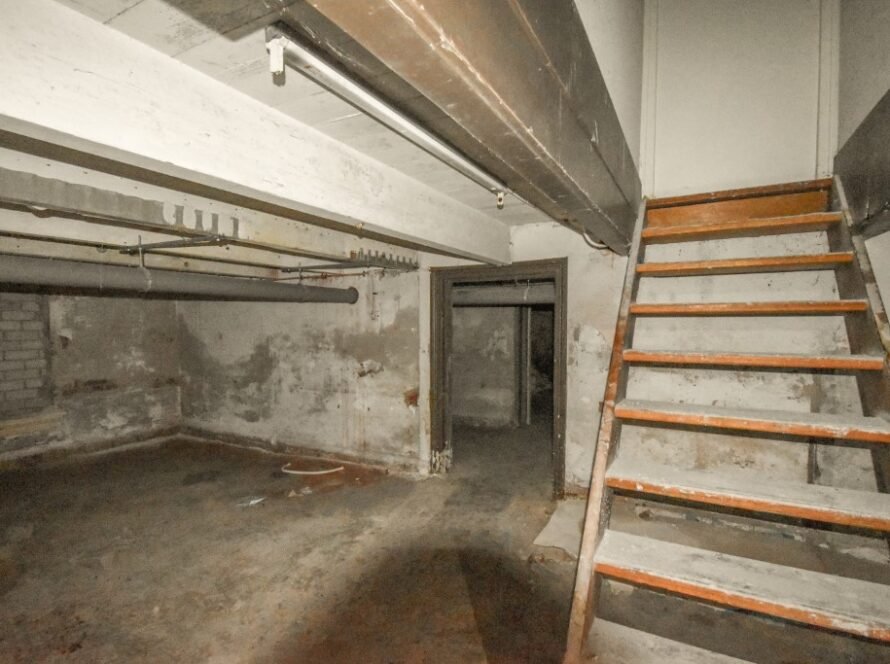A joint effort between Chinese and French researchers has successfully concluded a mission aimed at measuring the distribution of radon gas and polonium on the moon. This mission utilized the French payload, known as Detection of Outgassing RadoN (DORN), which was integrated with China’s Chang’e-6 lunar probe. The Institute of Geology and Geophysics (IGG) of the Chinese Academy of Sciences reported the success of this collaboration.
The DORN payload is designed to detect both radon gas and its decay products on the lunar surface, as well as monitor charged particles in the space environment. The scientific objectives of this mission include studying the origins and dynamics of the lunar atmosphere, the thermal and physical properties of lunar soil, and the movement of lunar surface dust.
Co-chief scientist of the DORN from the IGG, He Huaiyu, highlighted that the radon-gas detector equipment of the Chang’e-6 had been exposed to Earth’s atmosphere for several months prior to launch. It was first activated on May 6 during the lunar-orbit cruise, at a distance of about 320,000 kilometers from Earth, where it operated for approximately 10 hours to measure the background noise of the space environment and natural pollution on the lunar surface.
Following the significant solar storms between May 10 and 11, the instrument was reactivated on May 17. It then performed measurements in lunar orbit for a total of 32 hours. According to Li Jiannan, the Chinese technical head from the IGG, the data sent back to Earth confirmed the proper functioning of all 16 detectors of the radon-measurement instrument. The instrument collected data on the flux of charged particles in the solar wind and tracked their decay over time. It also observed the lunar shielding effect on these particle fluxes.
The DORN was restarted on May 23 to conduct orbital measurements of radon and polonium distribution on the moon, which lasted for 111 hours. On June 2, shortly after the Chang’e-6 lunar probe landed in the South Pole-Aitken Basin on the far side of the moon, the radon-gas detector began its surface measurements. The instrument completed its mission on June 4 when the ascender of Chang’e-6 departed from the moon with samples, becoming a permanent installation on the far side of the moon.
The collaborative team, working together at the National Astronomical Observatories of China, operated the radon-gas detector. This collaboration marks the first joint effort between China and France in the field of deep-space exploration and significantly contributed to the mission’s success.
China’s Chang’e-6 spacecraft, launched on May 3, carried four international payloads from the European Space Agency, France, Italy, and Pakistan. The country’s upcoming Chang’e-7 and Chang’e-8 lunar exploration missions are set to carry more international scientific instruments, with Chang’e-8 offering 200 kilograms of international payload capacity and having received over 30 applications, as announced by Liu Yunfeng, deputy director of the China National Space Administration’s international cooperation department on June 27.


